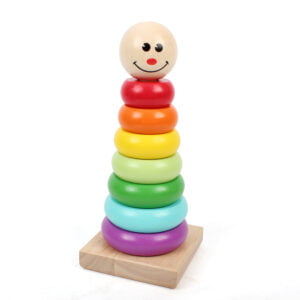Is Your Child Ready To Take Turns And Share?

Teaching our children to share is an early goal of our parents, but adults often ask them to share before they are ready. For children, the whole idea of sharing is arbitrary: what are the rules? Why do we take turns using some objects instead of others? Why do we have to do this? It’s not hard to see why it’s hard to share with children
When we talk about sharing with two-year-olds, what we’re really talking about is turning. Knowing the difference between the two and knowing when to prepare each child can help determine what support they need along the way.
What’s the difference between taking turns and sharing?
Sharing and turning sound the same, but children must practice turning for a long time with the help of adults before they are ready to share.
Rotation involves waiting for someone to use the exact object you want to use, which is really hard for anyone. Children may be cognitively and developmentally ready to take turns learning around the age of two. Even then, they almost always need adult support and guidance.
On the other hand, sharing is a complex collaborative process, involving a common goal, and it doesn’t appear until about 4 years old.
How to teach children to share and take turns
Store a small amount of special “non-negotiable goods”
If you expect the company, please let your child choose some favorite toys and make them out of the limit (tip: determine the number of items before starting). It respects your child’s connection to these projects and gives them control of the project
Preview what will happen
Previewing what’s about to happen eliminates the element of surprise: “you’re playing with the truck now, three minutes later Maria’s here, she’ll play for a while.”
Using visual timers
Using a visual timer can help your child know when it’s time.
Practice taking turns in daily life.
Consider introducing the concept of turning in the day – making smoothies together, and then taking turns dropping ingredients as banana slices drop by drop.
Take a breath.
If it’s too difficult to start taking turns, consider an activity that offers more opportunities for harmony. Feel like games, art activities, puzzles, even common tasks like sprinkling nuts and butter on cookies are simple ways to get everyone to take turns at the same time.
Practice together.
Here are some interesting games to promote rotation sorting. You can also play jigsaw puzzles with your child, adding one over and over again, taking turns to play.

